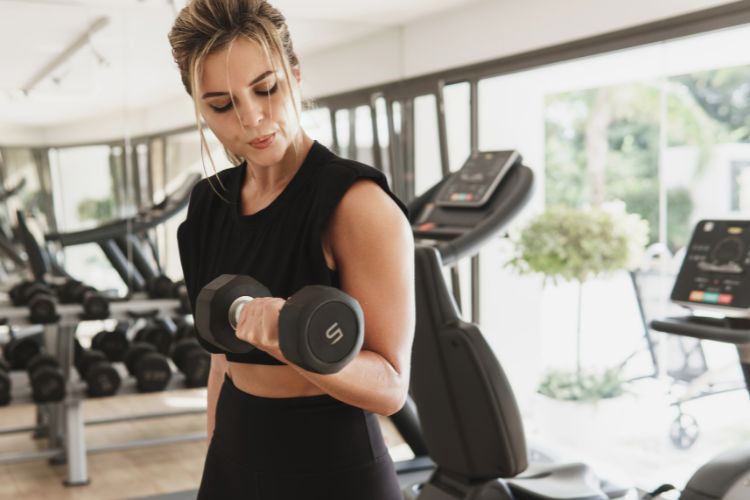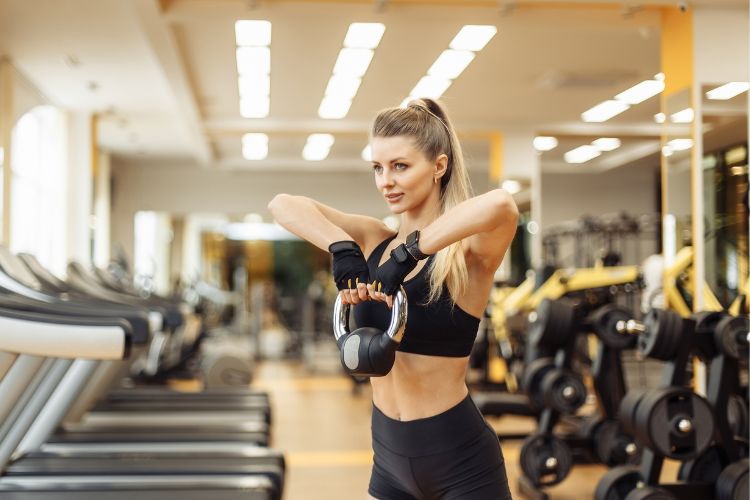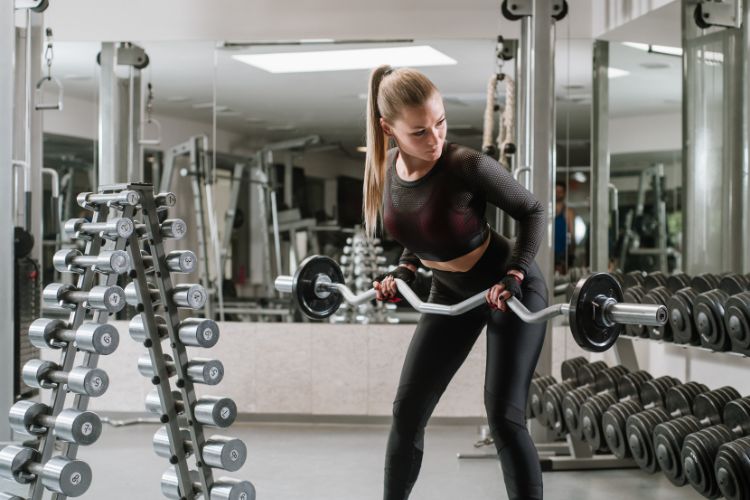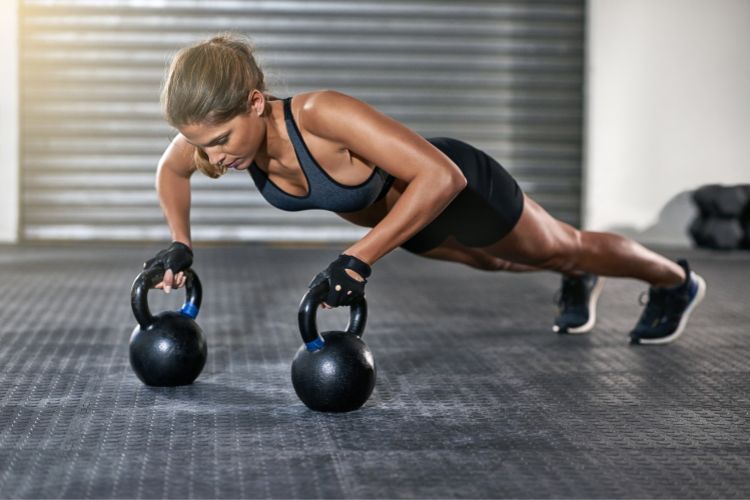Sign up for workout ideas, training advice, reviews of the latest gear and more.






Welcome to the world of Pilates! This form of exercise, created by Joseph Pilates in the 1920s, is a wonderful way to boost overall health, flexibility, strength, and mind-body awareness. Perfect for beginners, Pilates exercises use controlled movements and breathing patterns to improve core strength and stability. So, let’s explore some basic Pilates exercises to help beginners get started on their fitness journey.
Before we dive into the exercises, it’s important to understand what Pilates is all about. Unlike other types of workouts that focus on high-intensity, fast-paced routines, Pilates centers around slow, controlled, and thoughtful movements. The key goals of Pilates are to enhance muscle tone, flexibility, body balance, spinal support, improved posture, and mental awareness.
Pilates is based on six core principles: concentration, control, center, flow, precision, and breathing. Each of these plays a vital role in performing Pilates exercises correctly and effectively. For beginners, understanding and practicing these principles from the start is key to getting the most out of Pilates.
Pilates Exercises for Beginners
The Hundred is a classic warm-up exercise in Pilates, designed to activate your core and improve circulation. Here’s how:
This exercise is great for articulating the spine and stretching the lower back.
This exercise promotes a flexible spine and is a great tension-reliever for the back muscles.
This move works on hip flexibility and control in the powerhouse, Pilates’ term for the center of the body.
Swimming strengthens the back body and enhances coordination.
The Saw is an excellent exercise for spinal rotation and flexibility, and also works the obliques.
1. Start Slow: As beginners, take the time to learn each exercises correctly Pilates is not about the speed or quantity of repetitions but about the quality of each movement.
2. Breathe: Remember the principle of breathing in Pilates. Proper breathing helps activate your muscles and keeps you focused. Usually, you’ll exhale on the effort of the movement and inhale on the return.
3. Listen to Your Body: Do not push through pain. If you feel discomfort or pain during an exercise, stop.
4. Seek Professional Guidance: If possible, consider taking a few sessions with a certified Pilates instructor. They can guide you on proper form, alignment, and breathing techniques.
Pilates is a journey. Consistency in practice will help you experience the full benefits of the method.
Remember, the ultimate goal of Pilates exercises for beginners is not just physical fitness but also the connection between the mind and body. It helps create awareness of our bodies, the way we move, and how we can improve. As you embark on your Pilates journey, remember to enjoy the process. Happy practicing!
To wrap up, Joseph Pilates once said, “In 10 sessions you will feel the difference, in 20 sessions you will see the difference, and in 30 sessions you will have a whole new body.” So, stay consistent and embrace the transformation that Pilates brings to your body and mind.
Stay up to date on the latest women’s health, fitness and lifestyle trends and tips.